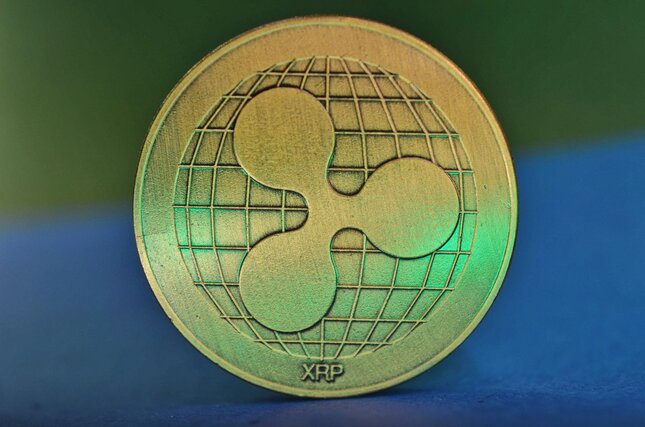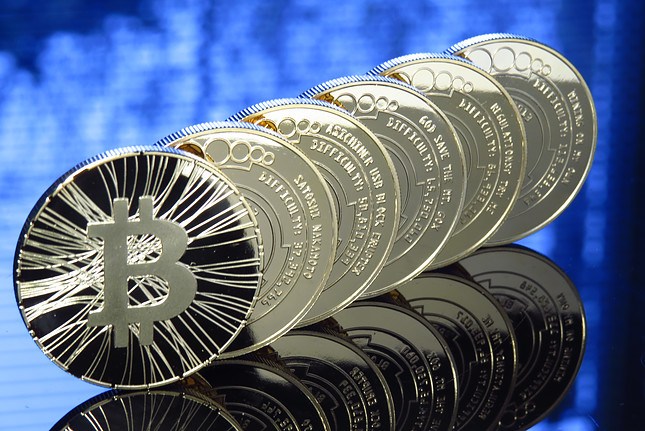In recent years, the advent of blockchain technology has given rise to a new era of digital transactions and financial innovation. And, one of the prominent developments within this space is Web3; a concept that envisions a decentralized internet where users have more control over their data and interactions. At the heart of Web3 lies the potential for revolutionizing payment systems, offering businesses and individuals the opportunity to engage in peer-to-peer transactions without the need for intermediaries.
In this article, we delve into the feasibility of Web3 payments for businesses, exploring the benefits, challenges, and potential measurements of success.
Understanding Web3 payments
The internet as we know it is changing. From the centralized and highly defective variant we have at the moment, there is an opportunity to create a new internet that better serves the needs of users - not the few companies that are big enough to control the landscape.
This is where Web3 comes in.
Essentially, this technology is looking to revolutionize the internet as we know it - providing a more private and functional internet that gives control of data to the users.
Over the past few years, Web3 has become more and more prominent. And, companies are looking to build on this future of the internet to deliver the services that humans need.
Unlike traditional payment systems, which often involve banks or other financial intermediaries, Web3 payments use smart contracts and cryptocurrencies to directly exchange value between parties. This disintermediation has the potential to significantly reduce transaction costs and increase efficiency, particularly for cross-border transactions.
Benefits for businesses
-
Reduced Transaction Fees: Traditional payment systems often come with a range of fees, including processing fees and currency conversion costs. Web3 payments can potentially eliminate or substantially reduce these fees, enabling businesses to retain more of their revenue.
-
Global Reach: Cryptocurrencies and Web3 technology are borderless by nature, allowing businesses to transact with customers and partners from around the world without the barriers of traditional banking systems.
-
Faster Settlements: Traditional financial systems can involve several intermediaries, leading to delays in fund transfers and settlements. Web3 payments, facilitated by blockchain technology, offer near-instantaneous settlement, improving cash flow for businesses.
-
Security and Transparency: Blockchain's inherent security features and transparent nature can enhance trust between parties in a transaction. This can be particularly beneficial in industries where verifying transactions and maintaining a trustworthy reputation are paramount.
Challenges and considerations
-
Volatility of Cryptocurrencies: Many Web3 payments are conducted using cryptocurrencies, which are known for their price volatility. This poses a challenge for businesses looking for stable means of value exchange. Stablecoins, which are pegged to traditional currencies, can mitigate this concern to some extent.
-
Regulatory Uncertainty: The regulatory landscape surrounding cryptocurrencies and Web3 technology is still evolving. Businesses need to navigate complex and potentially conflicting regulations in different jurisdictions.
-
User Adoption: For Web3 payments to become a viable option, widespread user adoption of cryptocurrencies and related technologies is necessary. Educating customers and partners about these new payment methods can be a significant hurdle.
-
Technical Expertise: Implementing Web3 payment systems requires a certain level of technical expertise. Businesses need to invest in the development and maintenance of the necessary infrastructure.
Measuring feasibility
-
Transaction Cost Reduction: One of the primary metrics for measuring the feasibility of Web3 payments is the reduction in transaction costs. Businesses should compare the costs associated with traditional payment methods to those incurred with Web3 payments.
-
Cross-Border Efficiency: Evaluate the speed and ease of conducting cross-border transactions using Web3 payments. Compare this to the challenges and delays faced with traditional methods.
-
Customer Adoption Rates: Monitor the number of customers who opt for Web3 payments when given the choice. Increasing adoption rates signify growing comfort and trust in this novel payment method.
-
Security Enhancements: Measure the impact of increased security and transparency on the overall risk profile of your business transactions. Consider whether instances of fraud or disputes decrease with Web3 payments.
-
Operational Efficiency: Assess the time and resources saved in terms of payment processing and reconciliation. A more efficient payment system can positively impact a business's bottom line.
What does this mean?
Web3 payments hold the promise of transforming the way businesses transact, offering benefits such as reduced fees, global reach, and enhanced security. However, navigating challenges related to volatility, regulations, adoption, and technical implementation is essential. By measuring key factors like transaction cost reduction, cross-border efficiency, customer adoption rates, security enhancements, and operational efficiency, businesses can determine the feasibility of integrating Web3 payments into their operations. As the Web3 ecosystem continues to evolve, staying informed about technological advancements and market trends will be crucial for businesses looking to stay competitive in the digital economy.
Note: All information on this page is subject to change. The use of this website constitutes acceptance of our user agreement. Please read our privacy policy and legal disclaimer. Opinions expressed at FXstreet.com are those of the individual authors and do not necessarily represent the opinion of FXstreet.com or its management. Risk Disclosure: Trading foreign exchange on margin carries a high level of risk, and may not be suitable for all investors. The high degree of leverage can work against you as well as for you. Before deciding to invest in foreign exchange you should carefully consider your investment objectives, level of experience, and risk appetite. The possibility exists that you could sustain a loss of some or all of your initial investment and therefore you should not invest money that you cannot afford to lose. You should be aware of all the risks associated with foreign exchange trading, and seek advice from an independent financial advisor if you have any doubts.
Recommended Content
Editors’ Picks

Dogecoin Price Forecast: Bulls deploy $355M in DOGE longs amid Gensler exit confirmation
Dogecoin price crossed $0.40 on Friday, after a weeklong consolidation that saw DOGE tumble 13% from last week’s peak. Derivative market reports link the DOGE rally to Gary Gensler’s imminent exit.

Crypto Today: XRP gains 10%, Cardano, XRP, and DOGE price rallies, delay Bitcoin’s $100K breakout
The global cryptocurrency sector pulled $230 million capital inflows on Friday, as markets reacted positively to news of SEC Chair Gary Gensler’s imminent exit.

Cardano Price Forecast: ADA could rally by another 30% as on-chain data signals bullish sentiment
Cardano (ADA) surged 24% to $0.98 on Friday following rising weekly active addresses, increased open interest and spot buying pressure.

Shiba Inu holders withdraw 1.67 trillion SHIB tokens from exchange
Shiba Inu trades slightly higher, around $0.000024, on Thursday after declining more than 5% the previous week. SHIB’s on-chain metrics project a bullish outlook as holders accumulate recent dips, and dormant wallets are on the move, all pointing to a recovery in the cards.

Bitcoin: Rally expected to continue as BTC nears $100K
Bitcoin (BTC) reached a new all-time high of $99,419, just inches away from the $100K milestone and has rallied over 9% so far this week. This bullish momentum was supported by the rising Bitcoin spot Exchange Traded Funds (ETF), which accounted for over $2.8 billion inflow until Thursday. BlackRock and Grayscale’s recent launch of the Bitcoin ETF options also fueled the rally this week.

Best Forex Brokers with Low Spreads
VERIFIED Low spreads are crucial for reducing trading costs. Explore top Forex brokers offering competitive spreads and high leverage. Compare options for EUR/USD, GBP/USD, USD/JPY, and Gold.